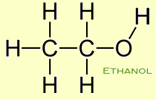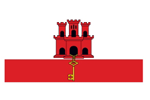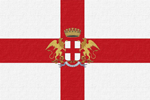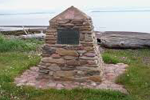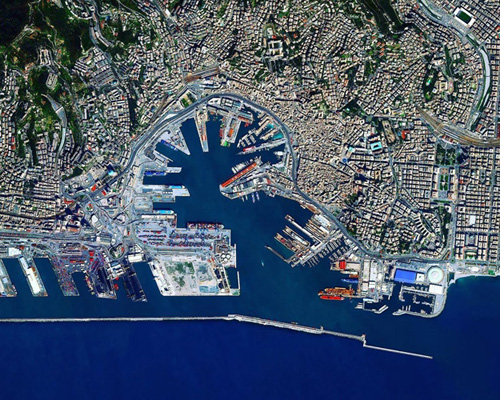

The Port of Genoa
The history of the Port of Genoa is deeply intertwined with the history of the city itself, tracing a path from ancient times to its modern role as a major European shipping hub.
Christopher Columbus was born in Genoa, in 1451. He grew up in a family of wool weavers, in a tiny house within the Old Town, a house that still exists.
The port's origins can be traced back to the 5th century BC, when the natural harbor of "Mandraccio" was a shelter for local fishermen and a trading post for the Ligurian people. It later became a Roman port, serving as a military and commercial center.
A Medieval Maritime Republic: Following the fall of the Roman Empire, Genoa experienced a period of obscurity before re-emerging as a powerful independent city-state. In the 11th century, it became a major naval and commercial power. This period, often called "the Century of Genoese," saw the port become a crucial hub for Mediterranean trade. Genoese merchants played a significant role in the Crusades, establishing colonies and trade routes throughout the Mediterranean and the Black Sea.
The city-state also faced political instability and foreign domination by powers like France and Spain. In the late 18th and early 19th centuries, Genoa was annexed first by Napoleonic France and then, by the Congress of Vienna, to the Kingdom of Sardinia. Despite this loss of independence, the 19th century saw a revival of the port.
The unification of Italy in 1861 further boosted its activity. Significant development projects were undertaken, including the construction of a new port and major extensions in the late 19th and early 20th centuries, transforming it into one of the most modern ports in Europe.



